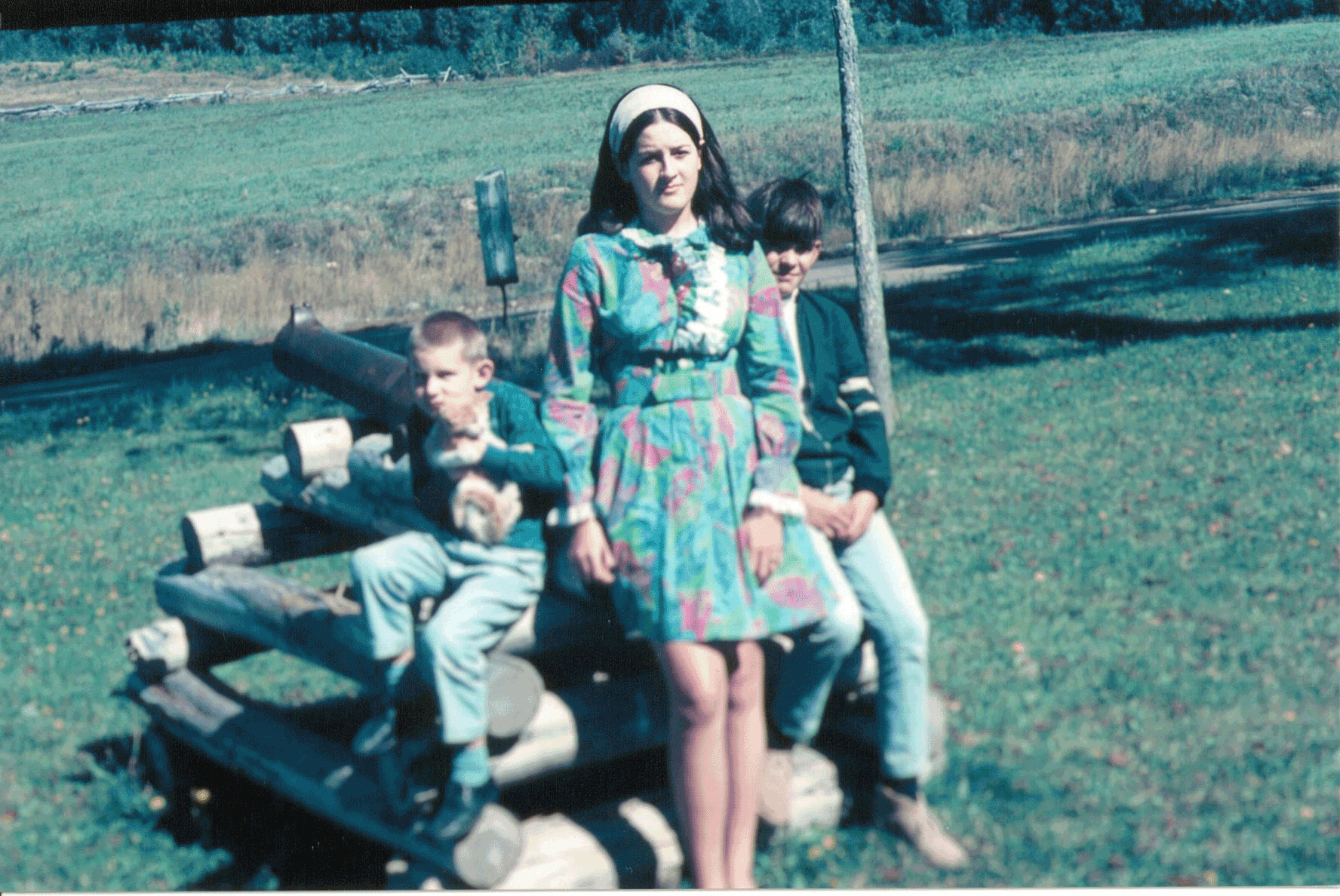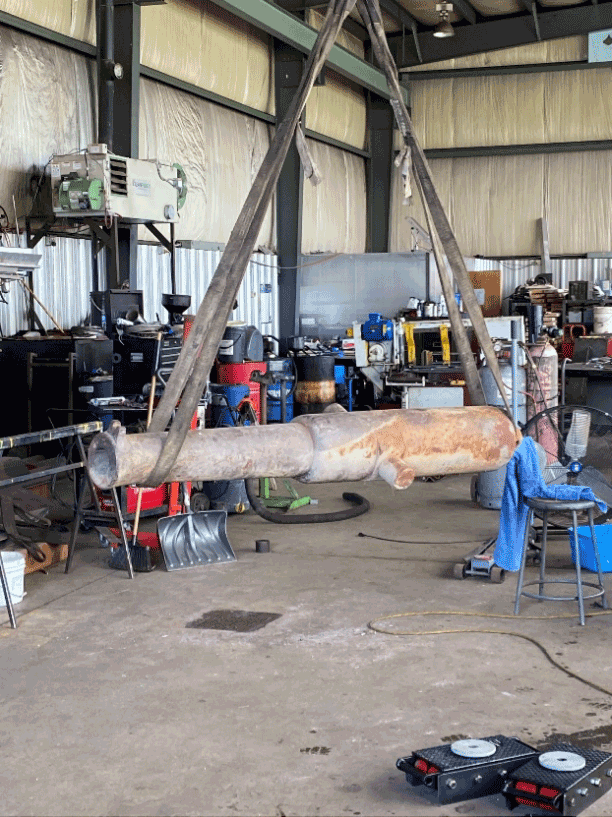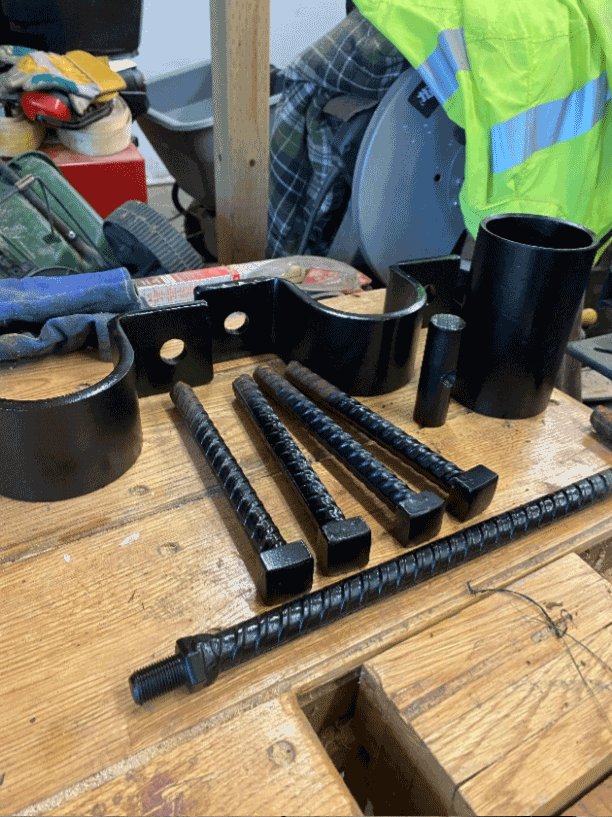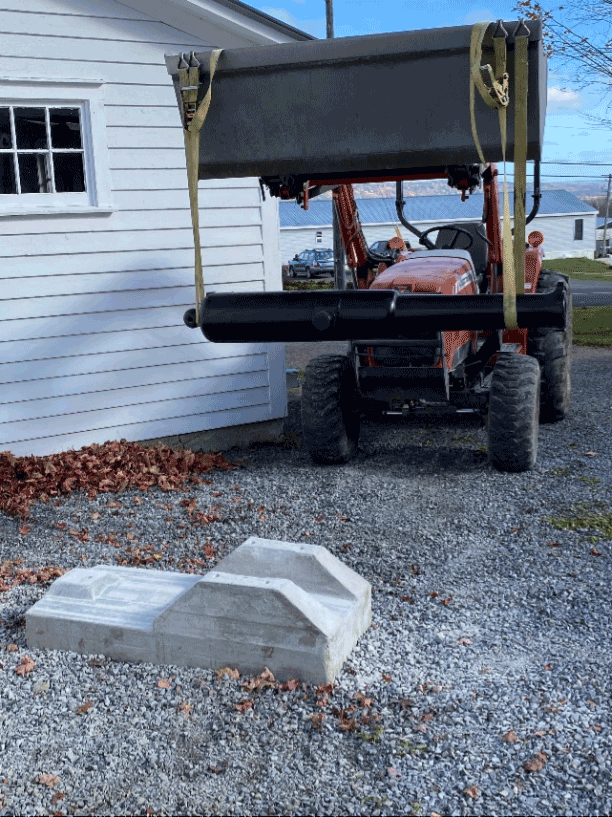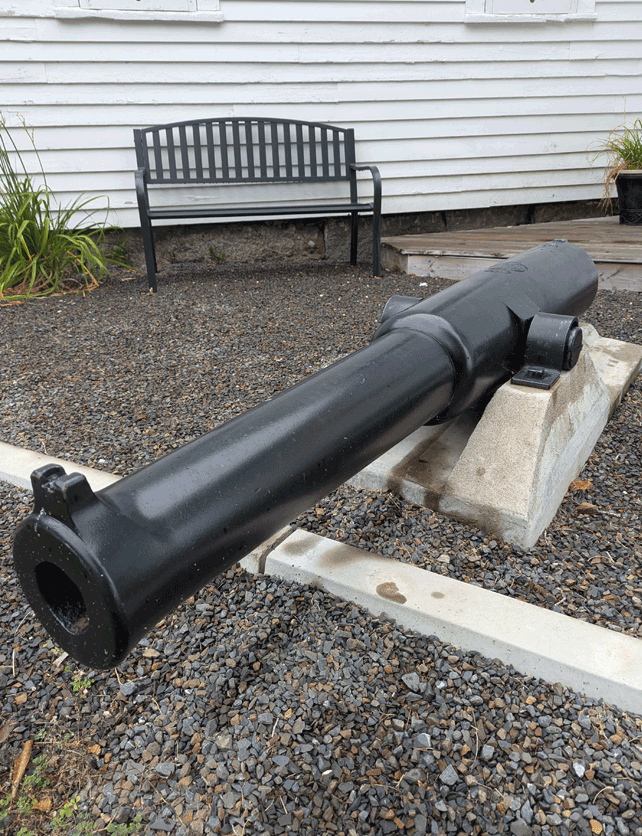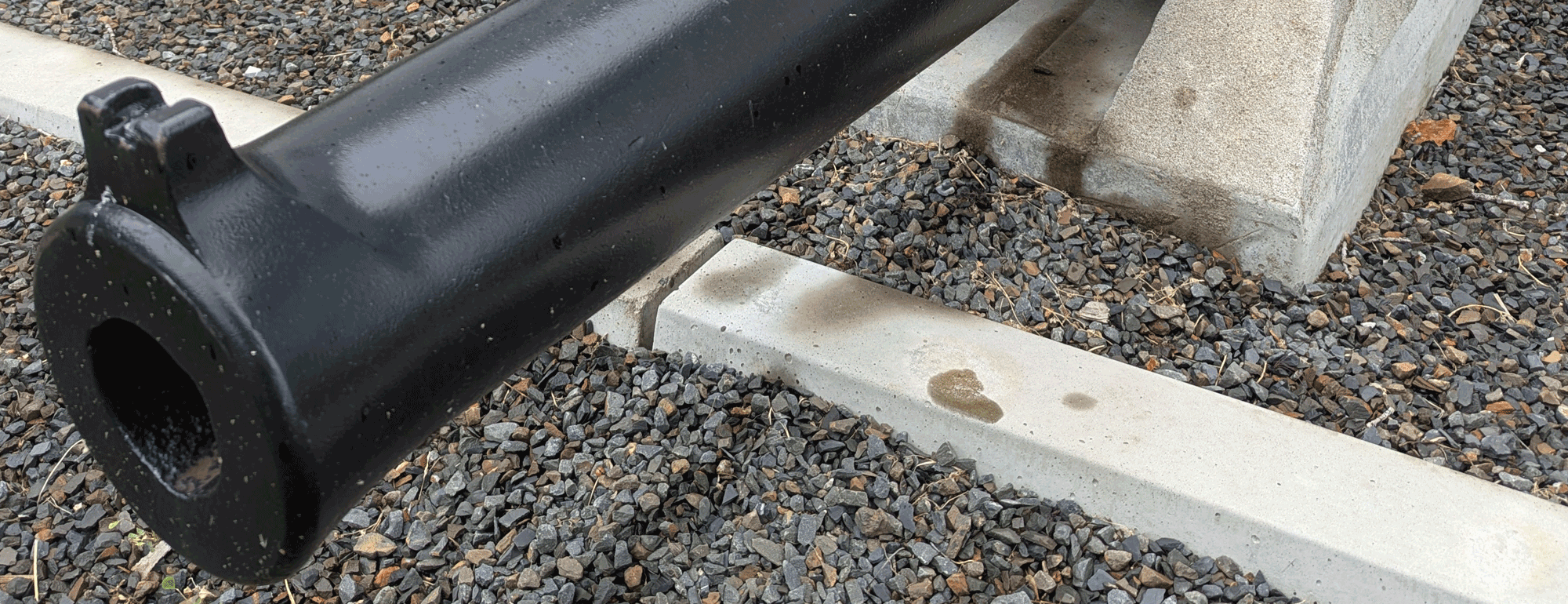
The Cannon
It certainly draws the eye and raises questions, sitting there outside the little schoolhouse. Although looking to the southeast, and noticing the vantage point you’re at, with both the Keswick and Saint John River valleys stretching out in front of you, it kind of make sense from a strategic defense point of view. You can close you eyes and imagine Loyalist soldiers lined up along the ridge, fingers twitching on triggers, awaiting the arrival of marauding American raiders tacking up the river in sloops with an eye on the area’s abundant riches and vulnerable citizens.
Fortunately (or unfortunately, for the sake of a good story) none of this ever happened on Keswick Ridge. In fact, the cannon, at least as near as we can figure, was actually part of the ship defenses at Maces Bay, about a hundred and fifty kilometers south along the Bay of Fundy (where they were legitimately worried about Americans).
So how and why did it get here? Strap in.
According to most local accounts, this 9-pounder, 8-cwt Muzzleloading Rifle (manufactured by Sir W.G. Armstrong & Co. circa 1873) mysteriously made its way to Keswick Ridge somehow in the early 1940’s, and was dragged out of a pond (how it got there is also a complete mystery) by David L. DuPlessis - a local farmer and avid artifact collector - and placed on the lawn of his farm as part of the “Paint up, Clean up, Beautify for Centennial Year”” campaign in 1967 (we have proof of that last bit). This seems relatively harmless (albeit vague) but at some point, after a rumour went around that the cannon had contained gold coins, the Sloat family down the road began to claim that the pond it came out of was on their land, and accused the DuPlessis’s of thievery. The whole thing gets even more complicated by the fact that there are two nine-pounder cannons to which this alleged gold coin stuffing is claimed, one of which currently resides with the York Sunbury Historical Society. The DuPlessis’s say the “real” one is here, while the Sloats say it’s over there, and no one’s been able to prove anything about gold coins. There is, however, a completely different - but undoubtedly related - story about two unidentified British children digging up a “cauldron of gold” in Crock’s Point (on Lunt family land) and sneaking it back to the DuPlessis farm one Sunday morning while everyone was in church. The Lunts and the Sloats were tight, apparently, and the feud, as these things are wont in small communities, festers to this day, with no verifiable facts whatsoever.
Happily though, about thirty years ago, David DuPlessis, worried that it might get stolen (one can only presume by Sloat descendants) gave the cannon to Rick Pratt, a neighbour, for safe keeping. Rick, who was building a new house back in 2014, went over to ask David if he wanted it back. David declined. Rick offered to pay for it, but was turned down, so he just left fifty dollars on the table on his way out. And in 2020, Rick called on your friendly neighbourhood non-partisan historical society.
Lovingly restored (it had become a pile of rust along its various journeys) by Lloyd Maurey of Ed’s Shop, and properly rendered inoperable, the cannon was installed under the expert guidance of our own buildings manager Dan Nicholson in 2020, and now points it muzzle at nothing in particular, reminding us all about the folly of human conflicts.
Some DuPlessis children with the rescued cannon on their lawn in 1967, celebrating the Centennial with no obvious signs of ill-gotten wealth.
At Ed Maury's shop in 2020 awaiting some TLC.
Ed's wizardry at work: A number of attachments had to be fabricated in order to mount the cannon outside the KRHS headquarters.
Dan Nicholson's amazing custom concrete gun carriage.
Fifty bucks? The stories alone are priceless.
